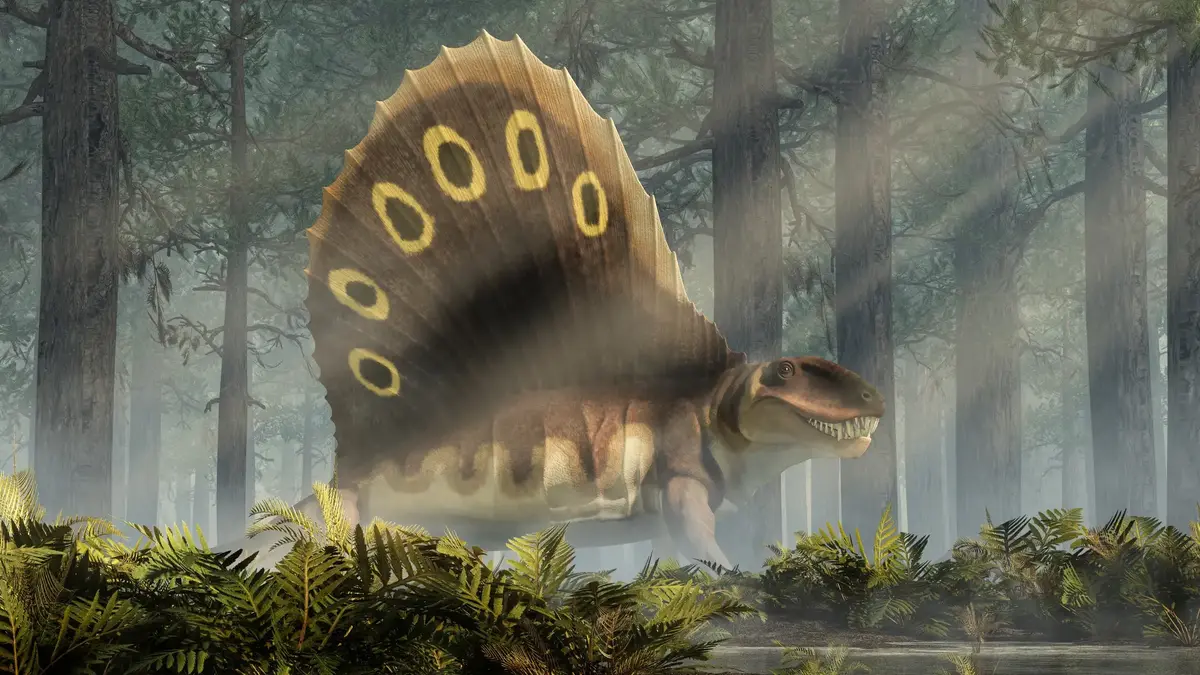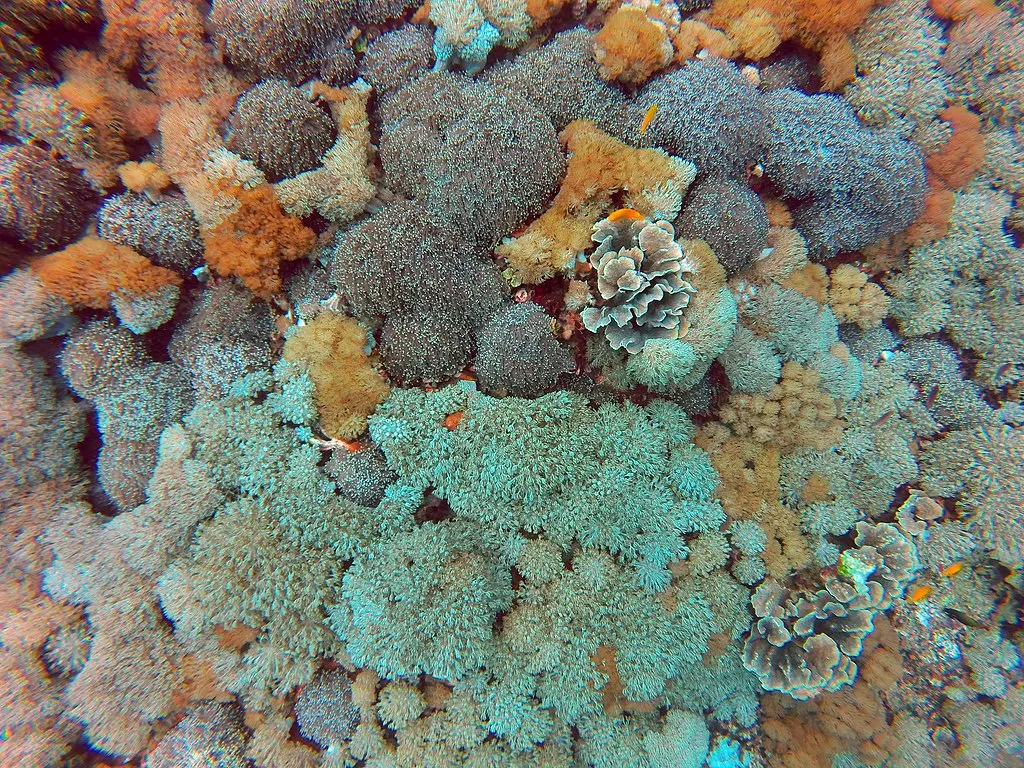In our series on mass extinctions, we’ve explored two significant events: the End Ordovician and Late Devonian mass extinctions. During these mass extinctions, many species disappeared. However, life showed remarkable resilience, bouncing back relatively quickly.
Imagine comparing Earth’s species just before these mass extinctions to those present a few million years after each event. You might be surprised to find that the differences were minor. You might not even realize a mass extinction had occurred at all!
The end of the Permian Period, a geological period lasting from about 299 to 251 million years ago, tells a very different story. The Permian concluded with an extinction event unlike any other in Earth’s history.
The Permian mass extinction was so severe that scientists estimate approximately 90% of all species perished. Some suggest this figure could be as high as 98%!
To put this into perspective, let’s compare it to the events we’ve discussed earlier:
- End Ordovician event: About 85% of species lost
- Late Devonian event: 70-80% of species lost
- End-Permian event: Up to 98% of species lost
The sheer scale of this extinction event has earned it a chilling nickname: “The Great Dying.” It remains the most devastating mass extinction our planet has ever witnessed. What caused the Permian mass extinction?
The Permian Mass Extinction was triggered by massive volcanic eruptions in Siberia. Known as the Siberian Traps, these eruptions released over 400,000 cubic kilometers of lava, covering approximately 7 million square kilometers of land in multiple pulses over roughly 200,000 years.
Volcanism killed that many living things? How could it have such widespread global effects? I’ll explain all that here.
The Classic Paleozoic Marine Fauna
To better understand what happened to life on Earth during the Great Dying, let’s first take a closer look at what lived before the mass extinction. Let’s get to know them.
Major groups of organisms that dominated Earth’s oceans during this time are no longer found anywhere. Let’s take a look at a few of these creatures.
Crinoids
Often called “sea lilies,” these filter-feeding animals were animals related to starfish and sea urchins. See a fossil crinoid from the Carboniferous above and A modern brachiopod
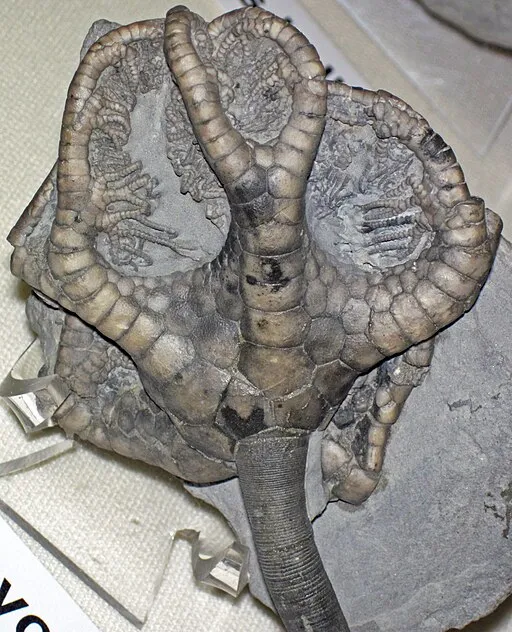
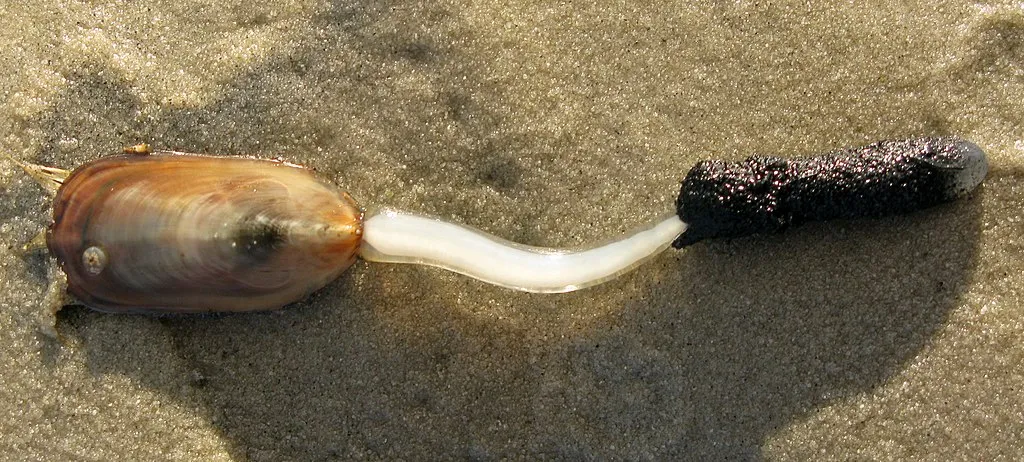
Brachiopods
These shelled animals resembled clams but belonged to a different group entirely. Here is a fossil brachiopod from the Carboniferous.
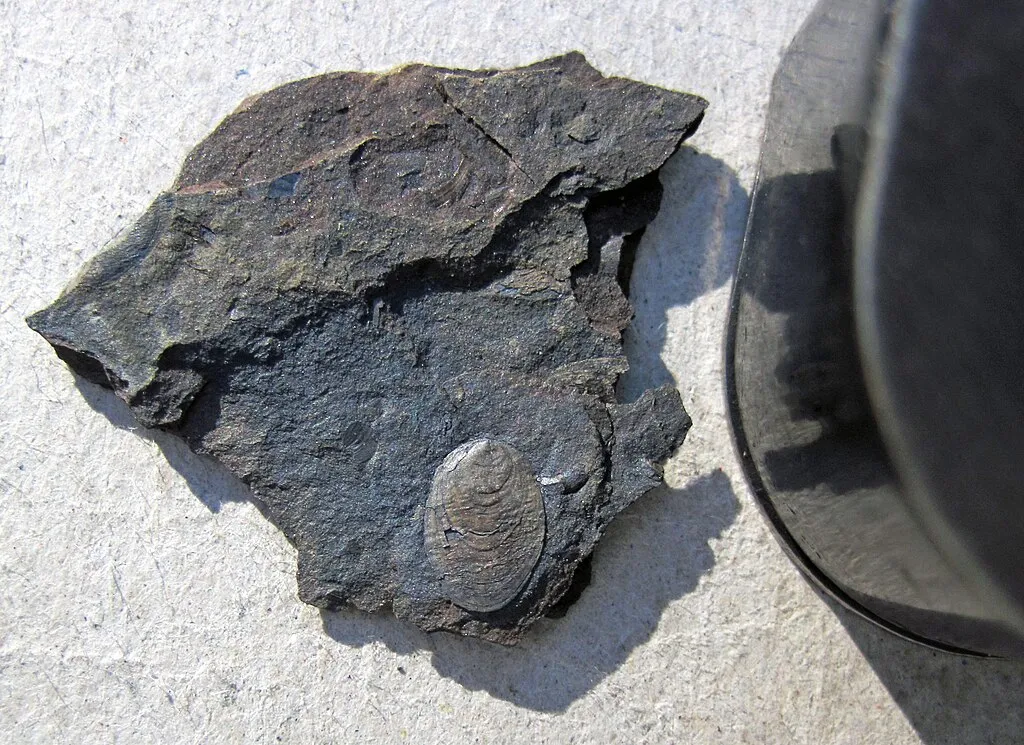
Rugose Corals
Also known as horn corals due to their shape, these were distant relatives of modern corals.
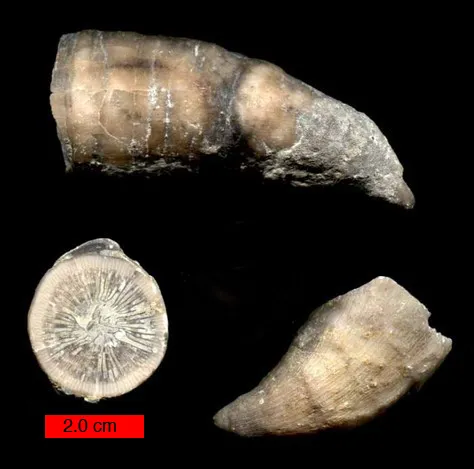
Trilobites
These armored, segmented creatures were distant relatives of modern arthropods like crabs and insects.
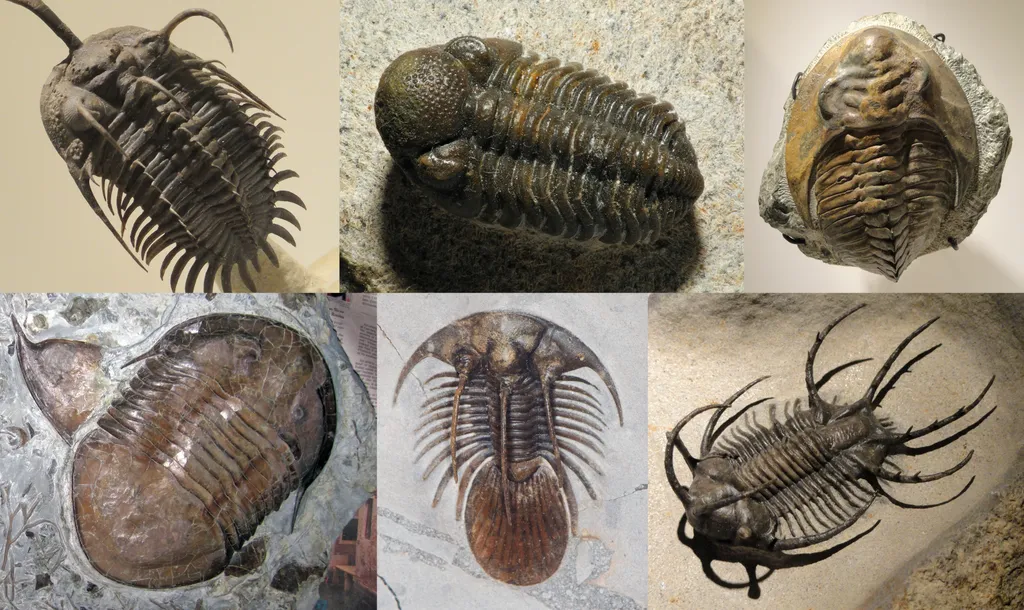
Thriving Clades
These clades thrived throughout the entire Paleozoic Era from the beginning of the Cambrian Period about 539 million years ago until the end of the Permian Period about 252 million years ago. That’s a continuous reign of about 287 million years.
Indeed, if you look for marine fossils from any point within the Paleozoic, you will almost certainly find these organisms. Sometimes, you can even find many of them fossilized together in the same rock.

The Geographics channel details this event and many of the lifeforms lost at this time.
This long-standing ecological stability makes the events of the Great Dying even more dramatic. The organisms that had dominated for nearly 300 million years were about to face their greatest challenge.
The Marine Swap
However, these organisms’ reign was not to last: during the End Permian Extinction, approximately 95% of marine species went extinct Then, as life slowly recovered, the once-common Paleozoic fauna was replaced with a new suite of organisms.
Whereas crinoids, rugose corals, and other organisms once built reefs, they were replaced by new reef-building animals: the “scleractinian,” or stony, corals, which evolved shortly after the mass extinction. These are the corals that still build most of the ocean’s coral reefs today.
Shown below is a modern reef of scleractinian corals.

Here is a pile of modern bivalves: mussels. They are popular at seafood restaurants today.
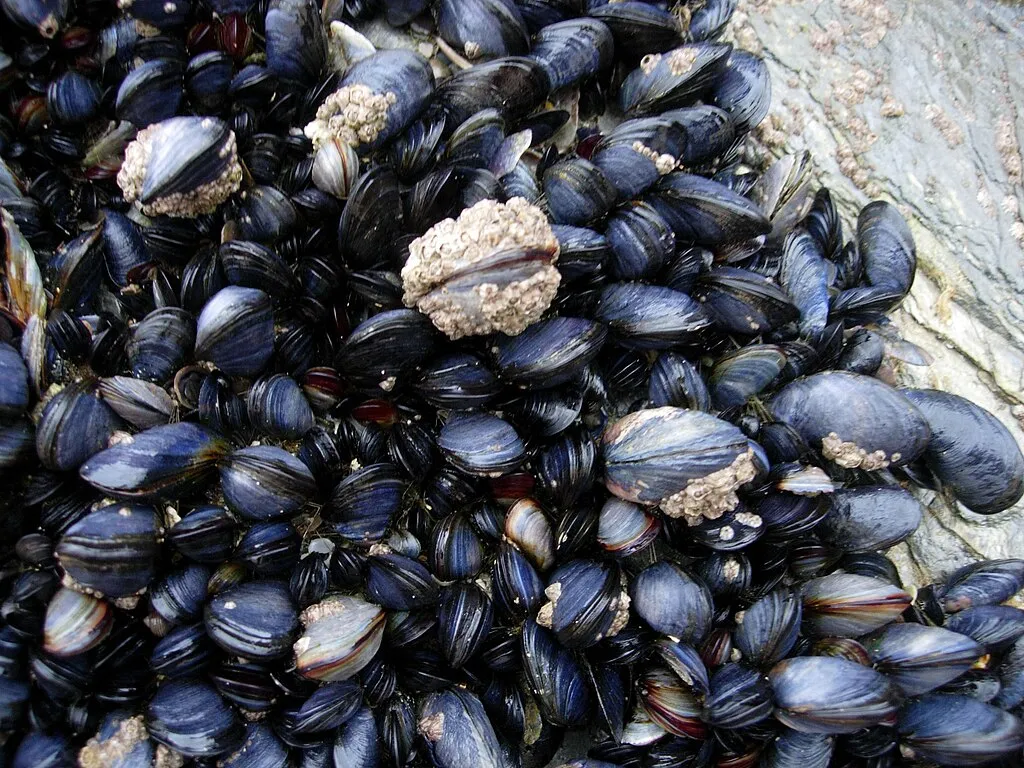
The once-abundant brachiopods were replaced with hard-shelled mollusks: the bivalves such as clams, oysters, mussels, etc. The iconic trilobites, sadly, went extinct with no replacements to follow.
After the End-Permian event, these oceanic “newcomers” were here to stay. The trilobites and rugose corals were forever gone, and the crinoids and brachiopods would never again rise to dominance like before. Note that crinoids and brachiopods still occur in our oceans today, however; they’re just much less common.
The aftermath of the End-Permian event brought lasting changes to Earth’s oceans. What about the land-dwellers?
What About Life on Land?
Similarly jarring shifts occurred on land. Approximately 70% of terrestrial vertebrates went extinct, as did many other terrestrial taxa. Fortunately for us, however, the ancient ancestors of mammals managed to survive the event, as did another group of organisms, the archosaurs, which would later give rise to dinosaurs.
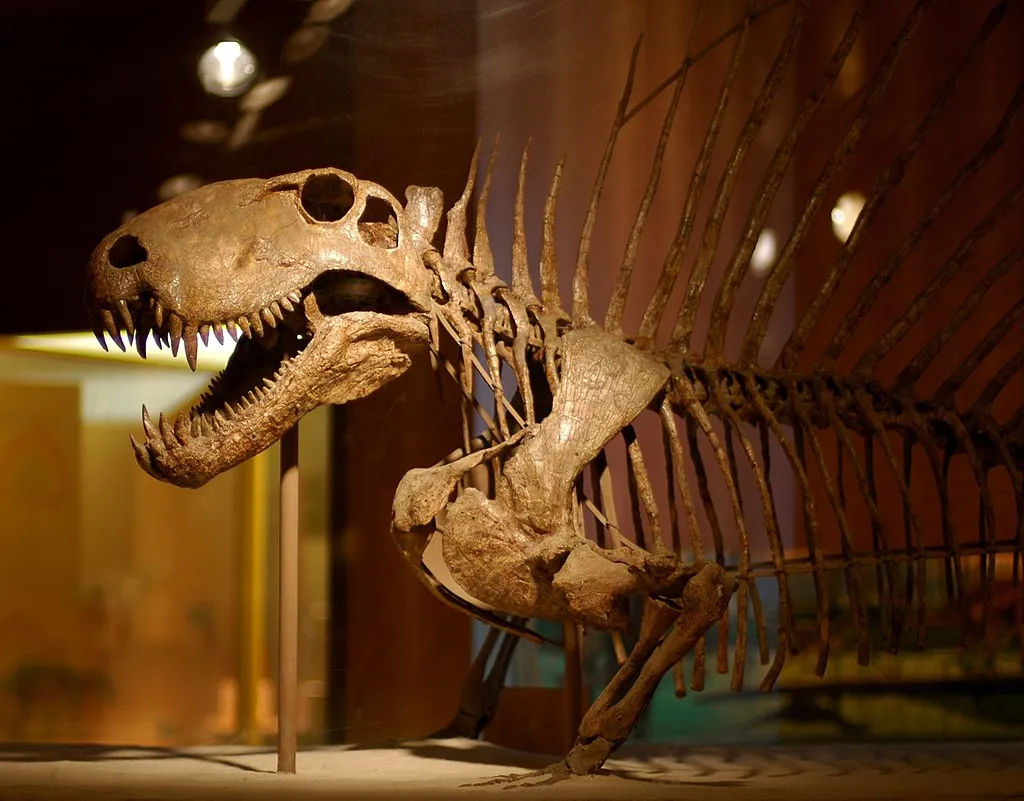
One famous creature from this time was Dimetrodon. This sail-backed animal that lived on land during the Permian Period is often mistaken for a dinosaur. Yet, it is evolutionarily closer to mammals.
Dimetrodon belonged to a completely different evolutionary branch, the synapsids while dinosaurs were diapsids. There is nuance here, but put most simply, synapsid skulls have a distinctive single opening behind each eye while dinosaurs and modern reptiles have two openings.
Dimetrodon went extinct several million years before the End-Permian, but some of its relatives survived up until the End-Permian event. These survivors eventually gave rise to all modern mammals, from tiny shrews to massive whales, and yes, even humans.
Competing Hypothesis
What drove these massive faunal shifts? Scientists have long searched for what caused the Great Dying, and have uncovered several possible triggers.
Here’s a condensed version of each cause with a brief explanation based on the information you shared:
| Potential Cause | Explanation |
|---|---|
| Siberian Volcanism | Massive volcanic eruptions released vast amounts of lava, sulfur, and CO₂, drastically altering Earth’s climate. |
| Acid Rain and Carbon Dioxide | Volcanic emissions led to global warming, ocean acidification, and acid rain, which destroyed ecosystems. |
| Oceanic Methane Seeps | Warming oceans released trapped methane, causing a rapid temperature increase that further worsened conditions. |
| Microbial Methane | Microbes proliferated in warm, oxygen-depleted waters, producing methane that intensified the greenhouse effect. |
| Extraterrestrial Impact | Some evidence suggests a possible asteroid impact, potentially triggering volcanic eruptions and further devastation. |
This video from the Ben G Thomas YouTube channel discusses a few of the upcoming hypotheses in depth.
Much like forensic experts trying to solve a crime, scientists have been actively searching for the cause or causes of the Great Dying for many years, and many hypotheses have been proposed. Let’s take a look at some.
Siberian Volcanism
Of all the hypotheses proposed to explain the Great Dying, the best-supported one involves a massive volcanic eruption. How massive?
The numbers are staggering, even by conservative estimates. The eruption released at least 400,000 cubic kilometers of lava, though some scientists estimate up to ten times this volume. This massive flow covered an area of approximately 7 million square kilometers, nearly the size of Australia. For perspective, Australia spans about 7.7 million square kilometers.
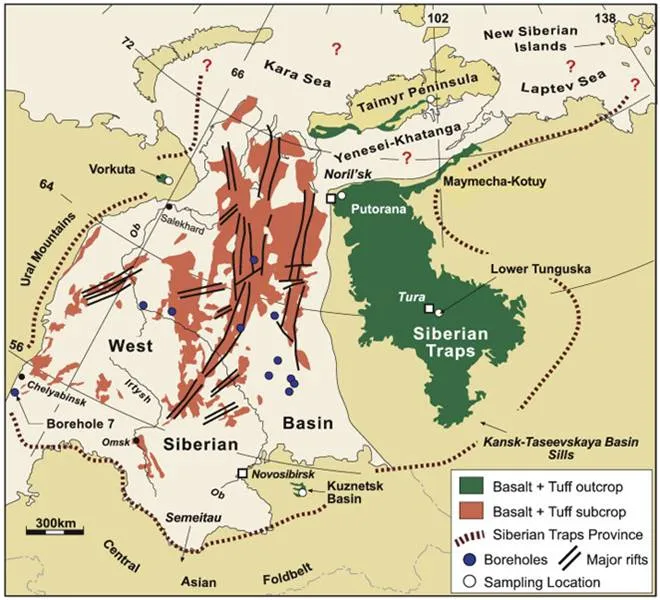
The eruption didn’t happen all at once. Instead, it pulsed on and off for at least 200,000 years, continually pouring lava onto Earth’s surface. Scientists call this enormous volcanic event the Siberian Traps. LiveScience.com has a good article on the Siberian Traps if you’re curious.
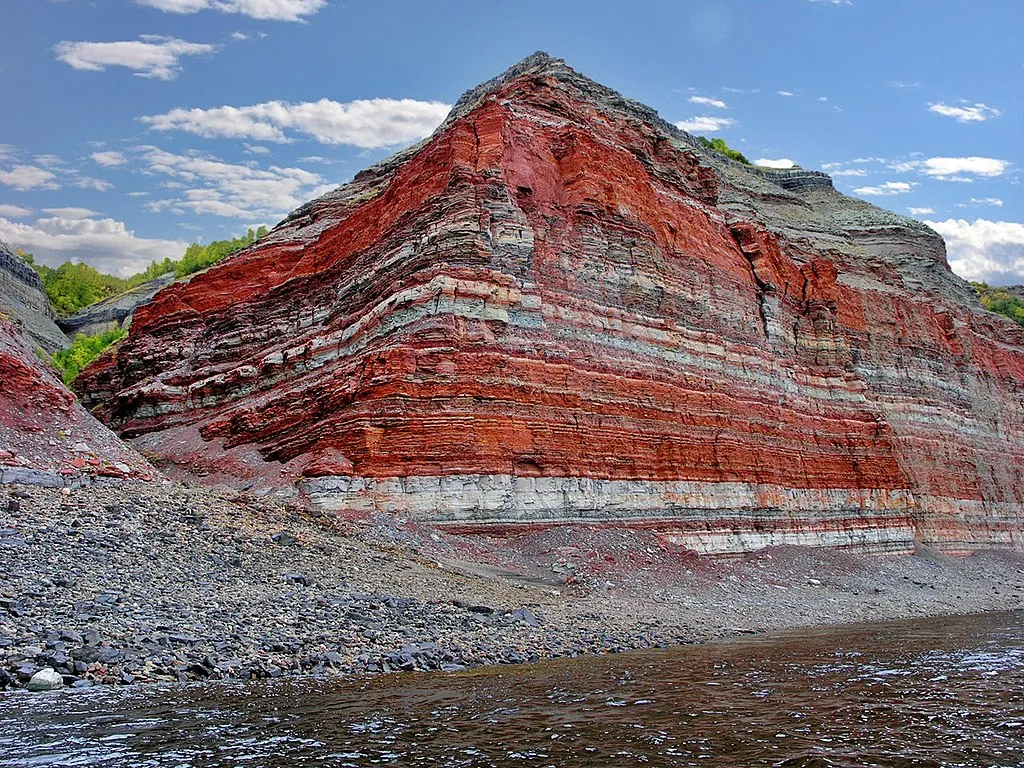
The eruptions did more than just coat Siberia in lava. They pumped massive amounts of sulfur and carbon dioxide into the atmosphere, setting off a chain of devastating events that would transform Earth’s climate.
Acid Rain and Carbon Dioxide
The lava exuding from the eruption would have been dangerous to local life, but it wouldn’t have affected life on the opposite side of the planet, so how could a major volcanic eruption kill most life on Earth? In a nutshell, when volcanoes erupt, they release more than just lava: they also release greenhouse gases.
Indeed, the Siberian Traps event released massive amounts of carbon dioxide into the atmosphere. Not only did this carbon dioxide drive global warming, but it also acidified the ocean.
This made it difficult for corals, crinoids, and other animals to make their calcareous skeletons. The acidified oceans have been referenced before in prior extinctions and it stands to reason that it was a driving cause here.
Modern corals and other sea animals also face threats from ocean acidification due to fossil fuel emissions. We can assume that ancient life did not fare much better in this environment.
Even worse, as water increases in temperature, it holds less oxygen. That means that as the ocean warmed from global warming, it held less oxygen for its inhabitants, and they found it more difficult to breathe.
Emissions from the eruption also contained the chemical sulfate, which creates acid rain when it dissolves in rainwater. In other words, terrestrial ecosystems found themselves doused in acid every time it rained. Not good.
This acid rain devastated forests and the animals that relied on them. Evidence suggests that these forests were consumed by fungi that were found in abundance. Check out this Berkely article for more on this.
The worst was yet to come, however. As the Earth’s temperatures rose due to the carbon dioxide emitted by the volcanism, another threat loomed on the horizon.
Oceanic Methane Seeps
The next hypothesis for the Great Dying involves another greenhouse gas: methane.
The Earth’s oceans contain massive reservoirs of many different chemicals. One of these chemicals, methane, is a potent greenhouse gas.
In fact, it is much more potent than carbon dioxide. As the temperature of the Earth and its oceans rose, the ocean lost its ability to contain its methane.
Once the oceans were warm enough, this massive, previously untapped methane reservoir entered the Earth’s atmosphere virtually at once, which caused the Earth’s temperature to skyrocket.
Some scientists estimate that the ocean’s temperature rose by about 10 degrees Fahrenheit (6 degrees Celsius) by the end of the Permian Period with similar increases in temperature in the atmosphere. Such a sudden, pronounced increase in temperature would have exacerbated all of the problems already associated with warming due to the Siberian traps.
Microbial Methane
Not all scientists believe that the methane increase came from oceanic reservoirs of methane, however: some scientists have proposed a hypothesis that microbes were instead to blame.
Under this idea, the increase in methane was due to a proliferation of microbes in the ocean. These microbes “breathed out” methane as a metabolic byproduct.
If these microbes were to proliferate, perhaps due to the already changing conditions on Earth due to the Siberian volcanism, then they may well have altered the Earth’s atmospheric composition and contributed to the End Permian Event.
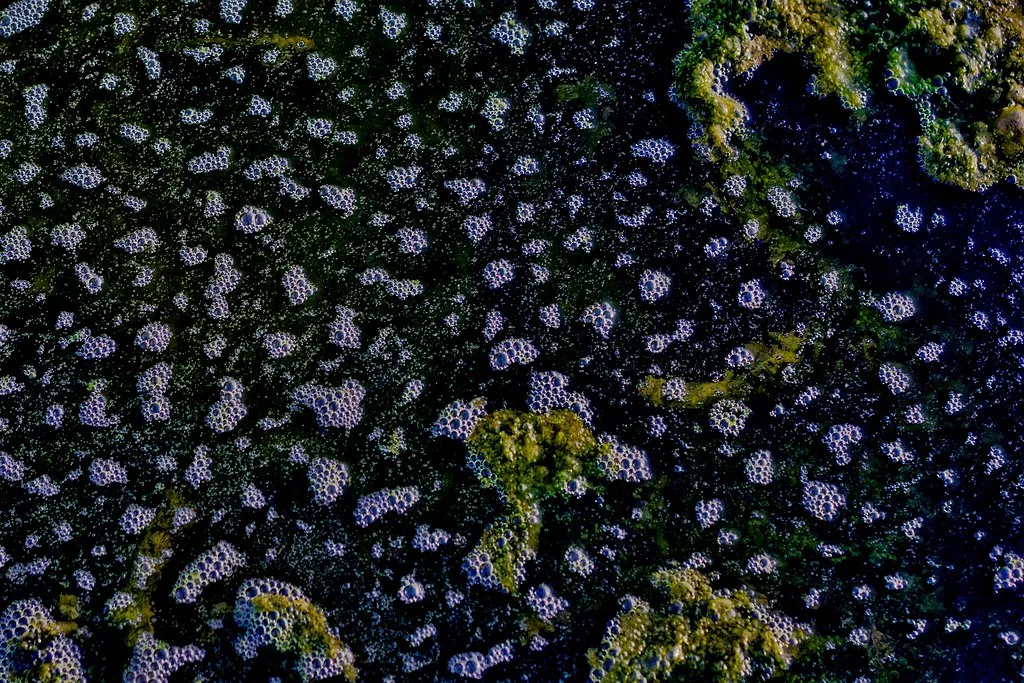
Seen on the surface of this swamp are little bubbles containing methane, which is also known as “swamp gas.” These bubbles were made by microbes similar to the ones hypothesized to have made methane during the End Permian crisis.
Extraterrestrial Impact
Other scientists point to another cause of the Great Dying: an asteroid impact. Why a bollide impact?
These scientists point to isotopic records and chemical traces in rocks to support this hypothesis. Additionally, some scientists have argued that they have even found a massive impact crater in Australia that corresponds to the hypothesized impact.
If an asteroid were to have struck Earth during the Great Dying, it doubtless would have proved catastrophic for Earth’s life. Some have considered the impact a potential cause of enhanced volcanism.
See this video below from the GeologyHub channel for an overview of this hypothesis.
This event has been doubted by some who suggest that an asteroid impact, citing a lack of evidence of a corresponding crater at the time of the extinction. What do you think?
So, What Caused the Permian Mass Extinction?
Despite all of the hypotheses presented above, scientists still don’t conclusively know what caused the End Permian event. Some hypotheses are better supported than others, and not all hypotheses are mutually exclusive.
It is likely that, as more investigators tackle the problem, a clearer picture of exactly what happened in the Great Dying will appear. The primary thing to take away from this article is that the Siberian Traps volcanism remains the most likely cause of the extinction and the effects may have been exacerbated by other factors.
After the Great Dying, not much on Earth was the same: countless taxa had vanished completely, and entire ecosystems were devastated. The organisms that did survive found themselves largely alone on a barren planet, and it was up to them to repopulate.
Indeed, it took several million years for Earth’s biodiversity to recover, but recover it did: after the Great Dying, the Earth found itself on the doorstep of the Mesozoic Era or the “Age of Dinosaurs,” but that’s a story for another day.
If you have any further insights or questions, please leave us a comment. Sharing this content with your friends is the best way to help us grow our reach.

